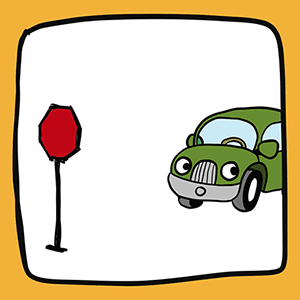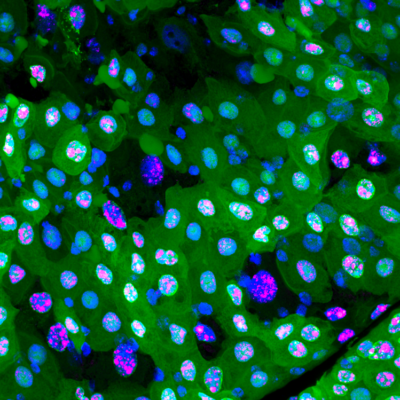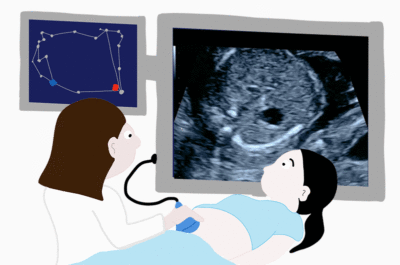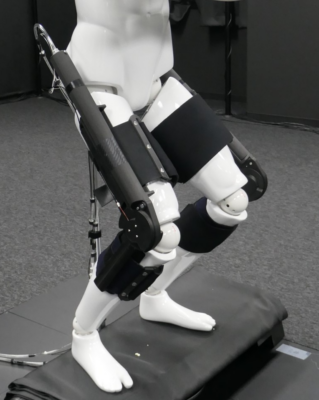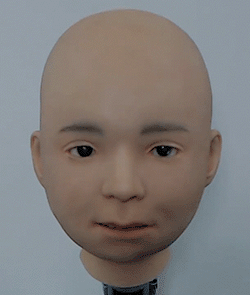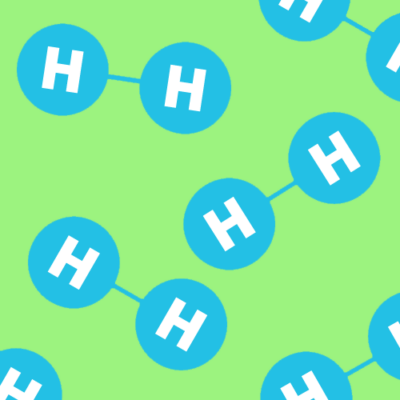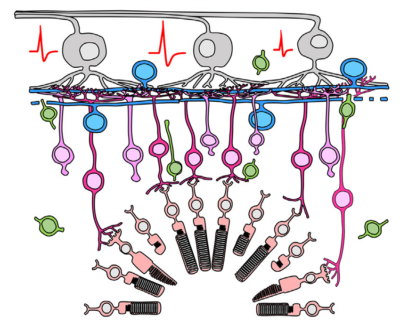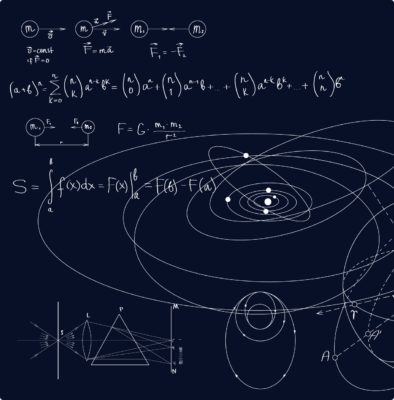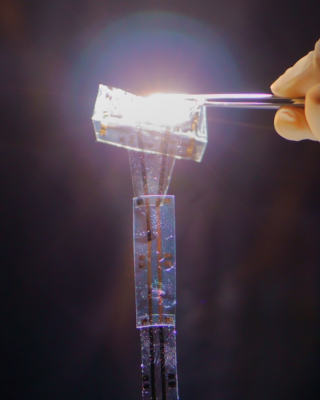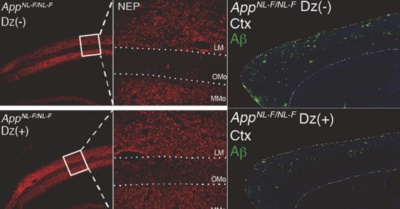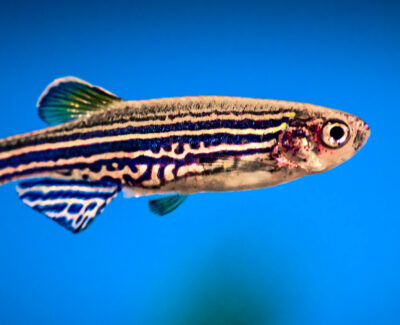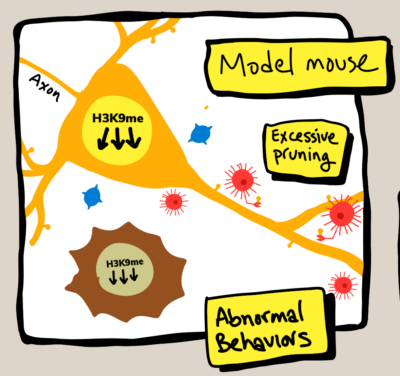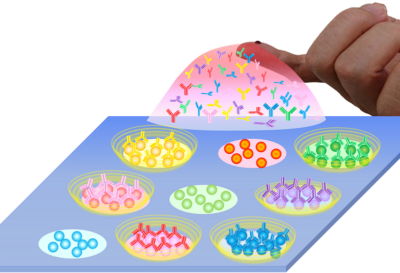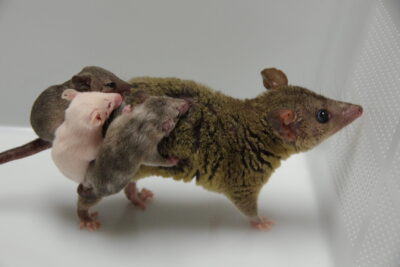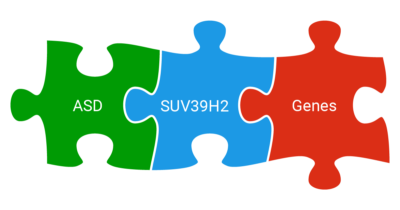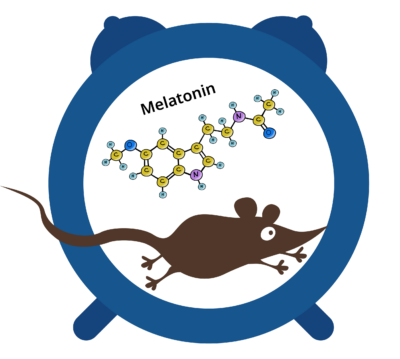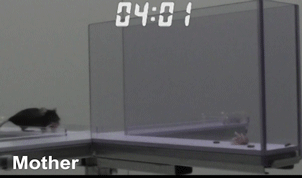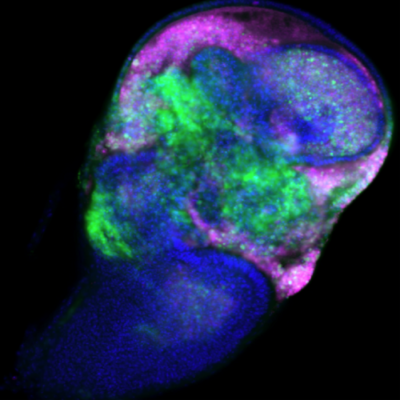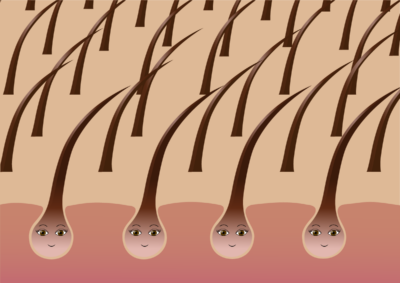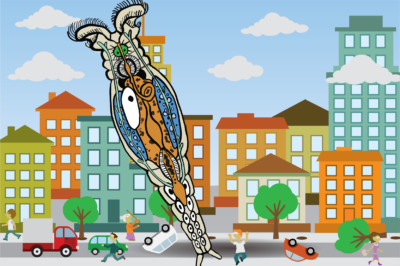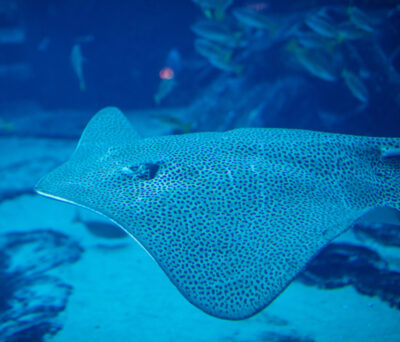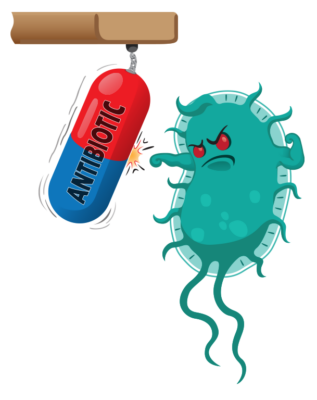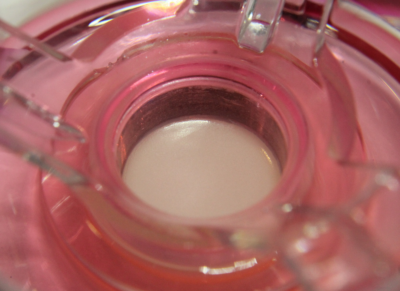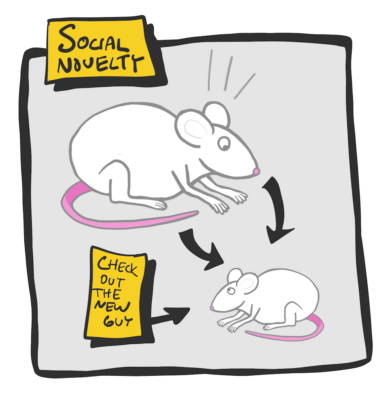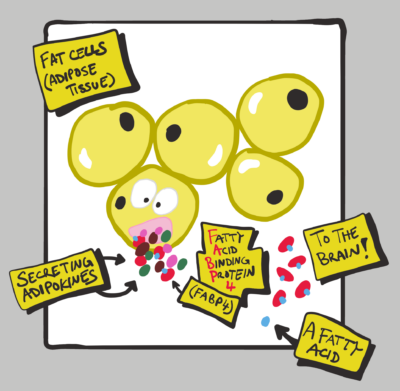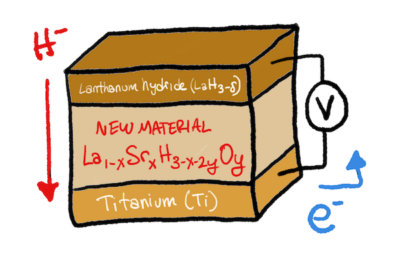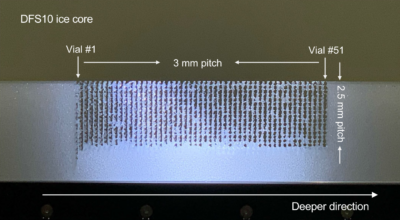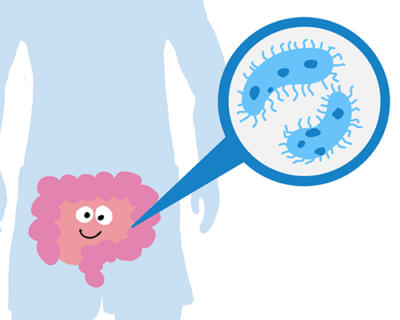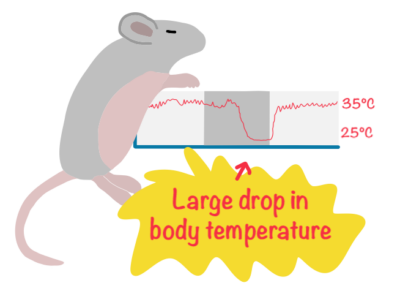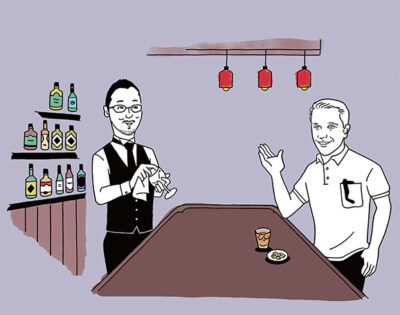Latest research animations
Self-assembly of spider silk
This gut microbe might protect against diabetes and reduce insulin resistance
NEW: One-way hydrogel guides motion of tiny worms!
Latest Posts
Extra “eye” movements are the key to better self-driving cars
Palaeospondylus: mystery of vertebrate evolution solved
Xist knockout rescues miscarriages in mice
A new type of cell death discovered in fly guts
Diagnosing fetal heart disease benefits from explanatory AI
Chaos theory provides hints for controlling the weather
Robotic exoskeleton learns to help people stand up
Nanocarrier spray: better crops without genetic modification
Introducing Nikola, the emotional android boy
Green hydrogen production for fuel cells and fertilizers
Social contact-seeking behavior and loneliness in the brain
New treatment assembles cancer drug inside the body
New lab-grown retinal sheets almost ready for clinical trials
The free-energy principle explains neural network behavior
How does gravity affect antimatter?
Super-thin wearable electronics just got more flexible
Cassava engineered to produce healthier tapioca starch
Diazoxide pills for Alzheimer’s disease?
Zebrafish imagine a danger-free future to avoid threats in virtual reality
Kleefstra syndrome in mice reversed after birth
A faster and more sensitive antibody test for COVID-19
Opossums are the first genome edited marsupials
Methylation mutation directly linked to autism
Melatonin in mice, circadian rhythms, and daily torpor
Why (mouse) mothers take risks to protect their infants
Dietary amino acid linked to cancer in flies
Cancer cells killed with artificial glycosylated metalloenzyme
H2AK119ub1: How you inherit acquired traits from your mom
COVID-19: Changing the way we do research
Telework: a societal game-changer
Decision-making during the COVID-19 pandemic
Confronting a string of epidemics including COVID-19
Next stop: clinical hair regeneration
Godzilla-sized zooplankton for better aquafarming
Electric rays to help us map the ocean floor
Bacterial drug resistance studied by robotic E. coli evolution
New artificial skin helps avoid animal testing
Social novelty in the brain: haven’t I seen you someplace before?
FABP4: A preschool-aged biomarker for autism
First hydride-ion battery that works at room temperature
Plants to the rescue: cleaning up our dirty soil
Stolen genes used for parasitic mind control
Machine learning contributes to better quantum error correction
Laser melting ice-core sampler for studying climate change
Gut bacteria reduces insulin resistance, protects against diabetes
Scary places burned into our minds by constant memory replay
Toward human hibernation: cold-resistant mouse stem cells
A researcher’s journey part 2: emotional memory and being human
Mar
19
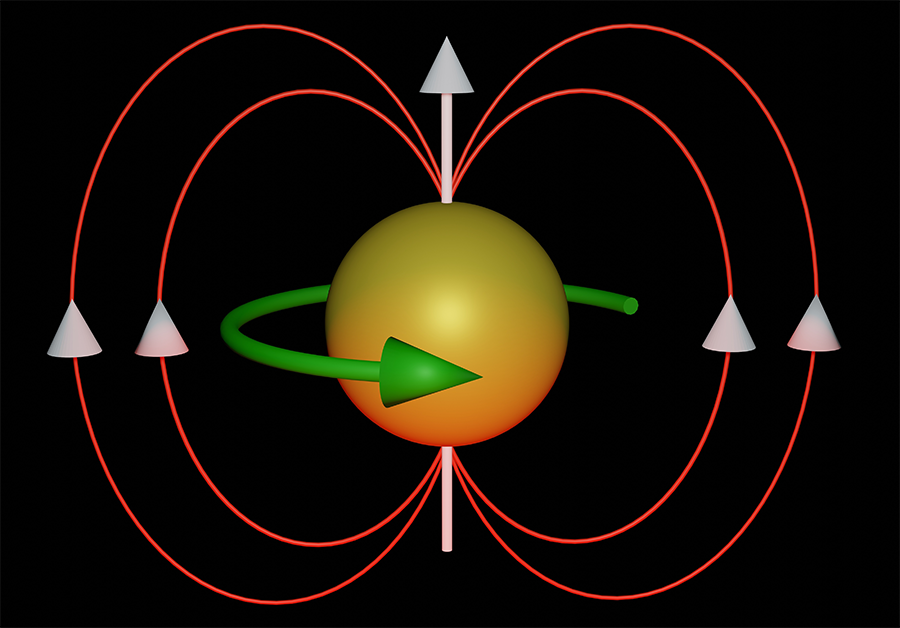
Heat used to transform antiskyrmions to skyrmions and back
Scientists discover a way to transform antiskyrmions to skyrmions and back using heat and magnetic fields. Continue!
Jan
23
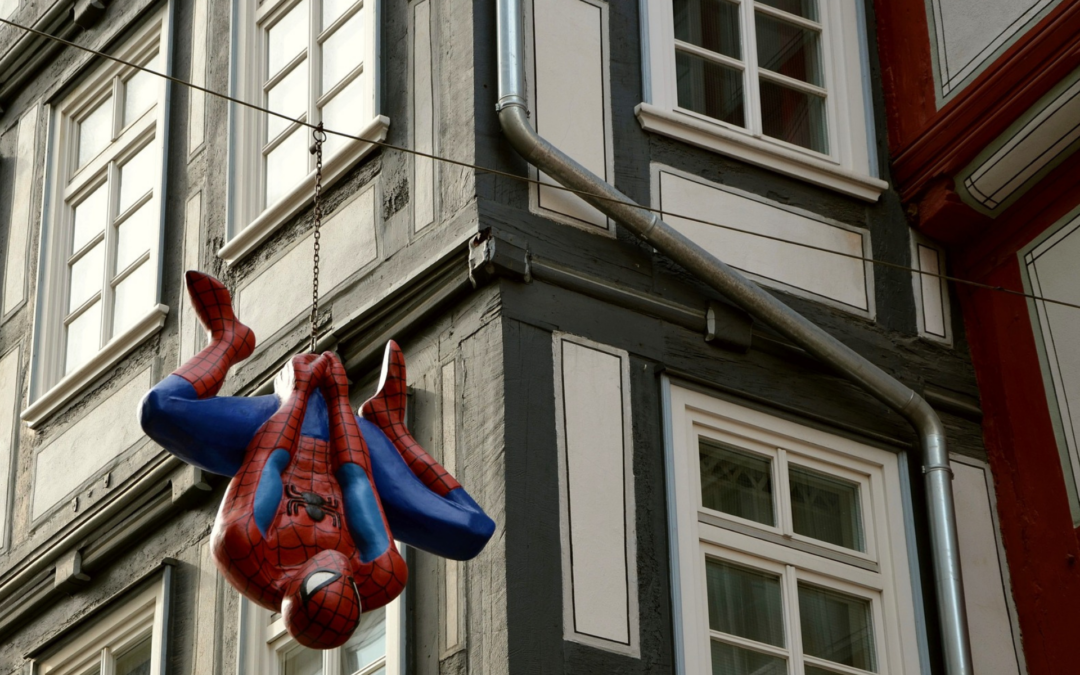
Real webshooters? Synthetic spider silk spun from artificial gland
Scientists create a microfluidic device that spins artificial spider silk from spidroins proteins, duplicating silk’s complex molecular structure. Continue!
Jan
15
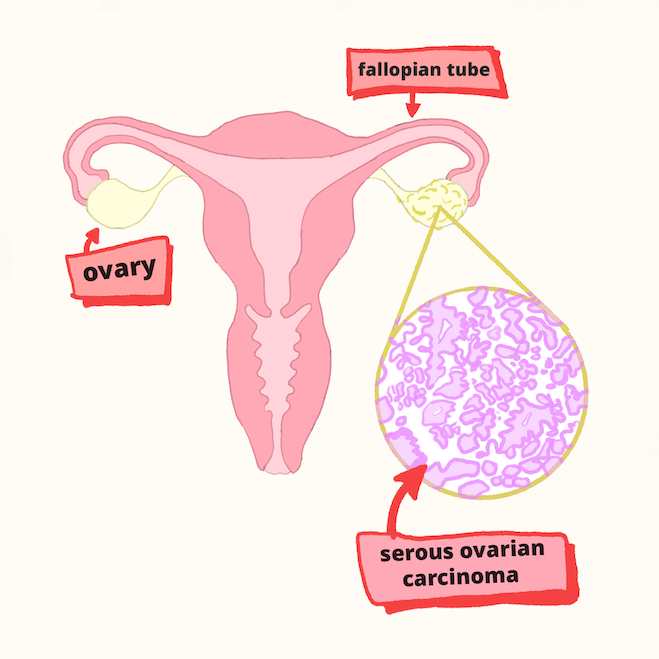
Omics Omics Omics: Analysis predicts ovarian cancer-treating drug
Multi-omics analysis prediction: drugs that inhibit Ras signaling will help prevent tumor formation in serous ovarian cancer. Continue!
Dec
27
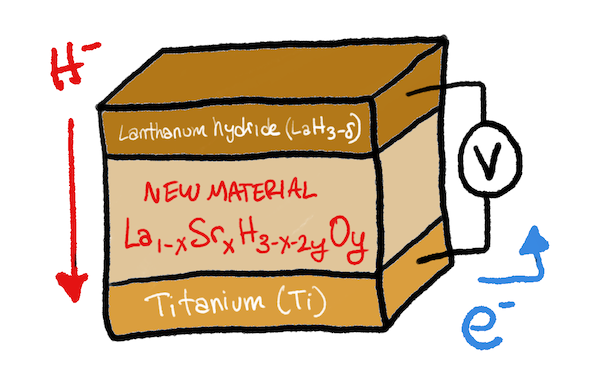
First hydride-ion battery that works at room temperature
Researchers develop a new solid electrolyte that can conduct hydride ions, thus allowing better hydrogen-based batteries and fuel cells. Continue!
Nov
10

Plants to the rescue: cleaning up our dirty soil
A brief review of phytoremediation and research into how plants can be used to clean the environment. Continue!
Nov
1

Stolen genes used for parasitic mind control
Parasitic horsehair worms evolved to control their praying mantis hosts by stealing their genes (horizontal gene transfer). Continue!

